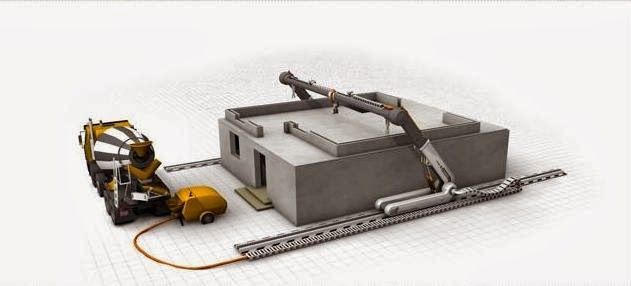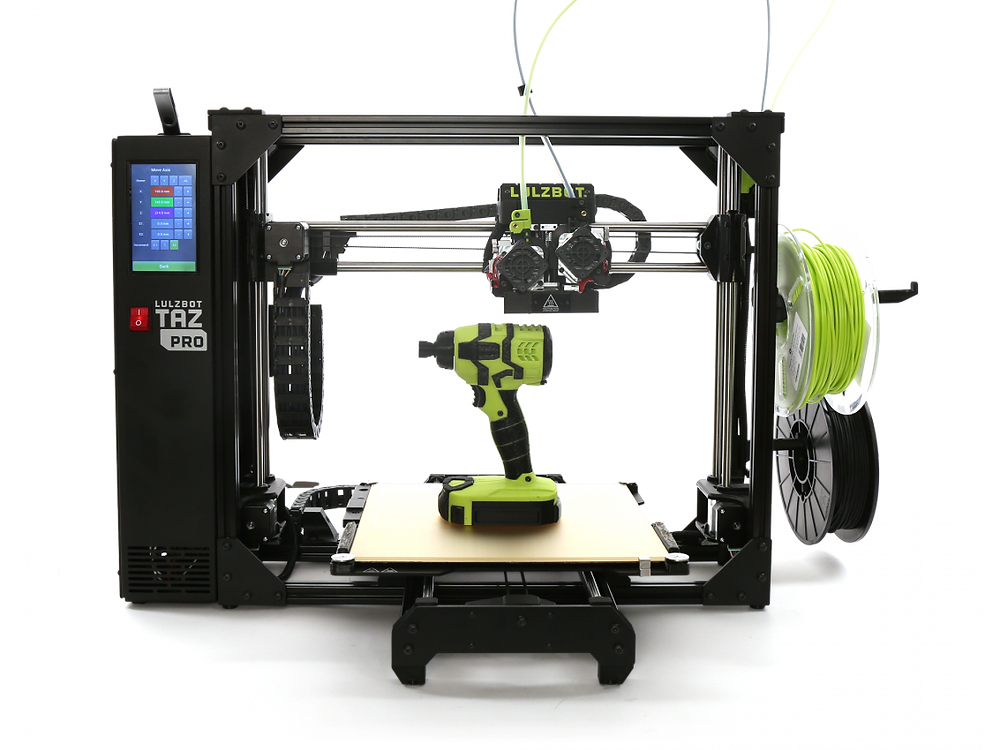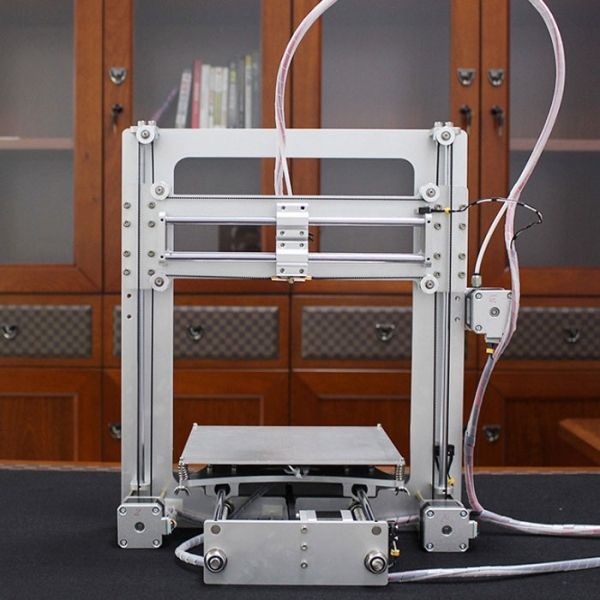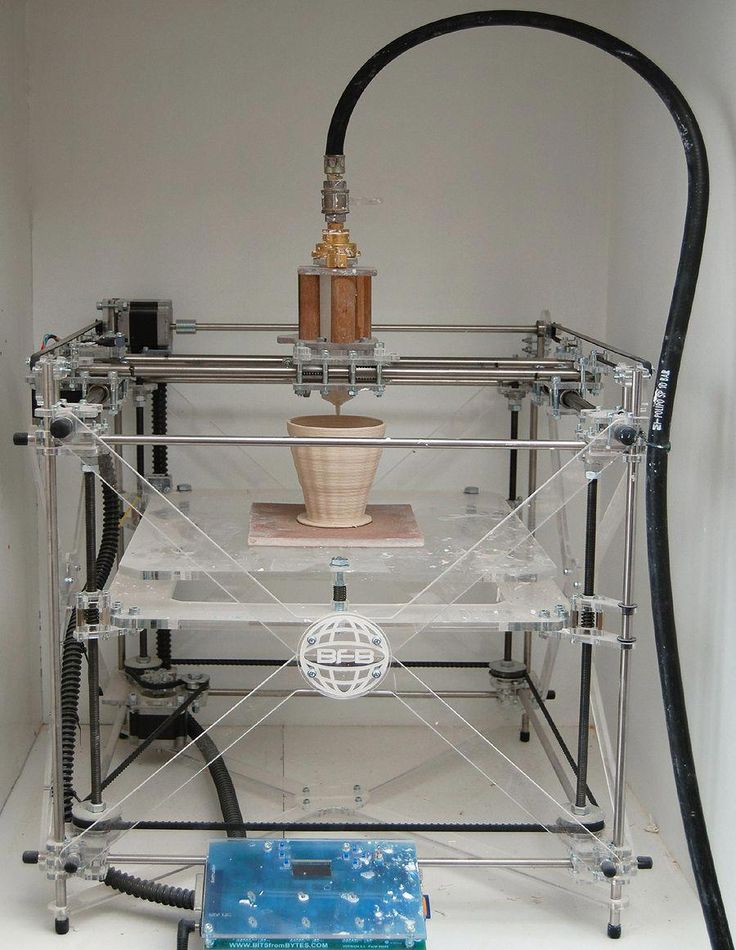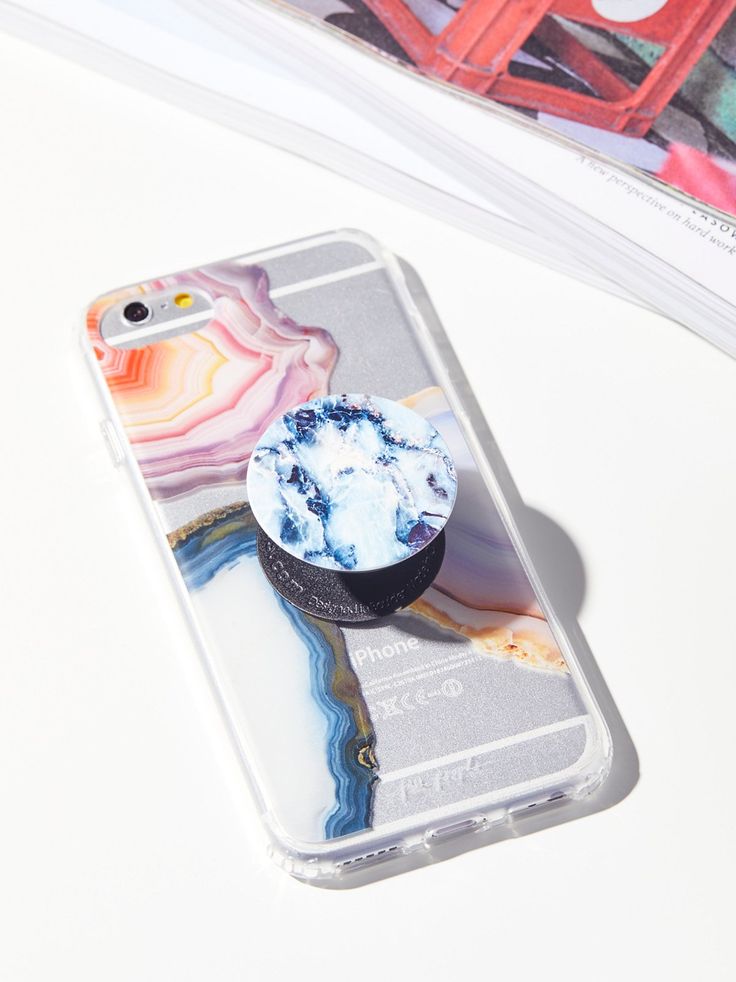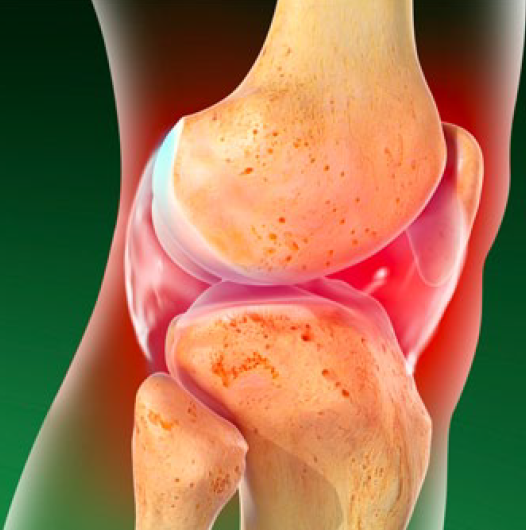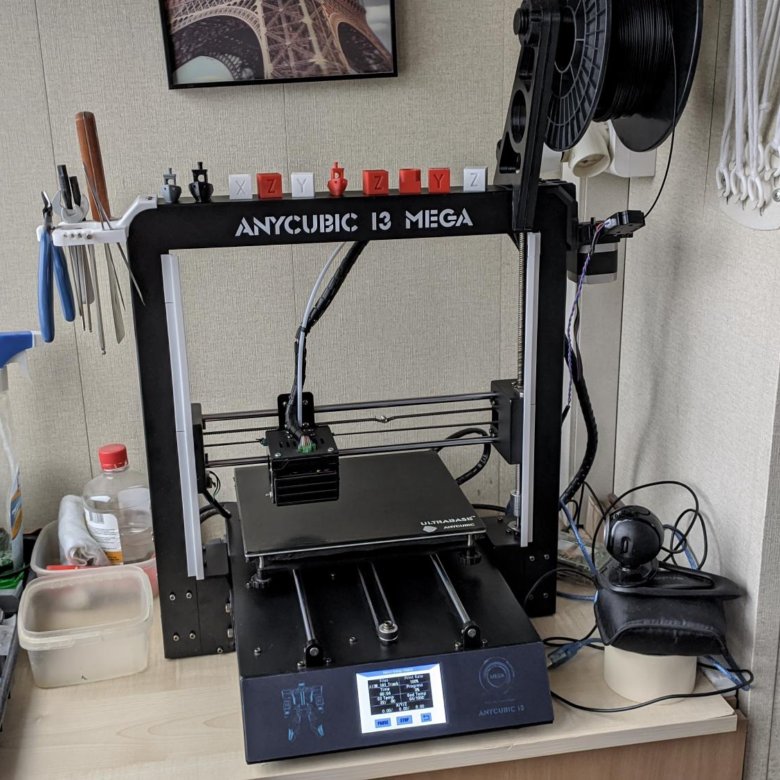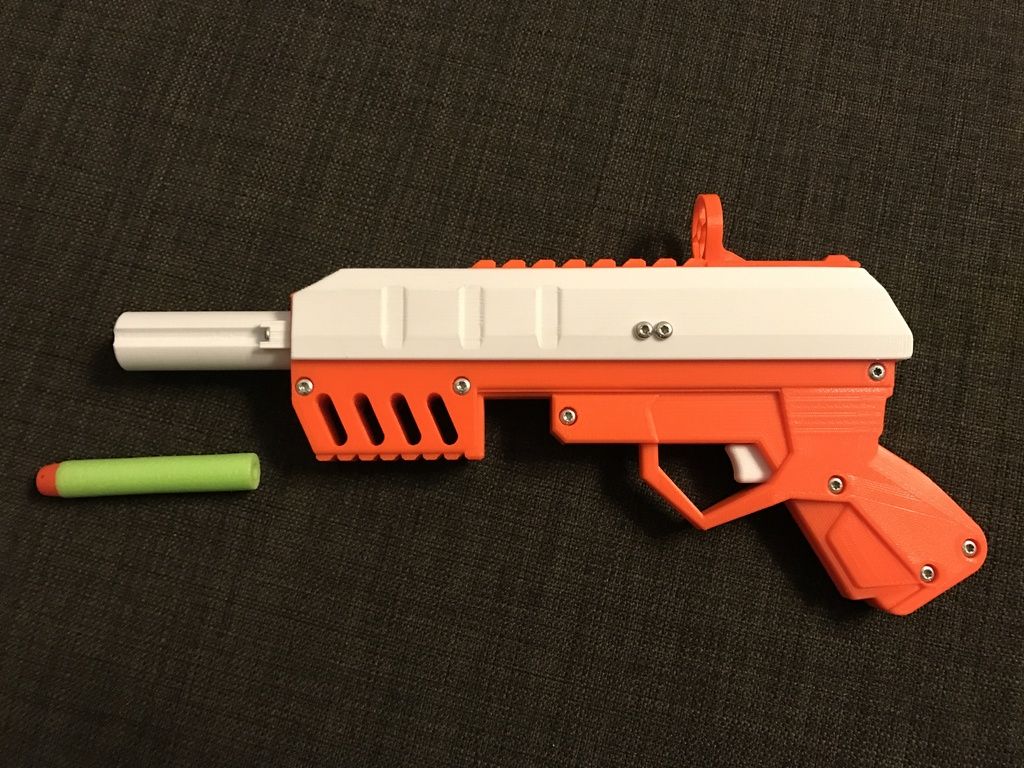How can 3d printing save lives
How 3D printing is saving lives
3D Learning Hub
See all categories
Contents:
- Introduction
- Medical 3D printing software
- Create tools entirely fitting your needs
- Made to measure implants and prosthesis
- Dental 3D printing: Digitalizing the dental sector
- Medical models, helping surgeons to train
- Researcher building 3D printed medical devices
- The progress of bioprinting: What are the advantages?
- Treatment testing made easier
- How to start using 3D printing for your medical project
Introduction
Medical 3D printing software
Advantages of 3D software
If you are willing to use 3D printing technology, here is the first thing you need to do: Start choosing a 3D modeling software. In order to use additive manufacturing, you have to get a 3D model of the thing you want to print. A prosthesis, an implant, a tool, your project needs to get its three-dimensional representation before being printed.
The use of 3D software is full of benefits. Indeed, it will offer you the opportunity to create your project from scratch, allowing you to make a device that entirely fits your needs. Moreover, using modeling software will help you during your prototyping process.
Indeed, you will be able to modify your 3D model whenever you need to. If you are developing your project creating quick iterations using 3D software and 3D printing will be a huge advantage and will help you save time.
Source: http://www.ablesw.com/3d-doctor/tutor.html
How to choose the right medical 3D program?
While using a medical 3D modeling program, you can easily expand your possibilities, and try new things. When you get started, you need to pay attention to a few things.
First, there are different 3D modeling software for the medical industry and to make the most of 3D, you need to choose the right one. It will depend on your project. Do you need to 3D print? Or do you need a better and practical visualization? Maybe both? You have to ask yourself the right questions before making your choice.
Source: Thingiverse
Secondly, before using a 3D modeling software you have to check the format of the file you want to import. This is an important thing for medical applications. Indeed, most of the time, medical imaging scans are in a DICOM format, which is not a format supported by regular modeling software. But it doesn’t mean that you can’t use standard modeling software for your medical application. You just have to take into account that you need a software solution allowing you to modify the format first! 3D scanning is also enabling medical applications, no doubt that portable 3D scanners will soon be used by all hospitals.
Create tools entirely fitting your needs
3D printing in medicine is becoming quite helpful in many aspects.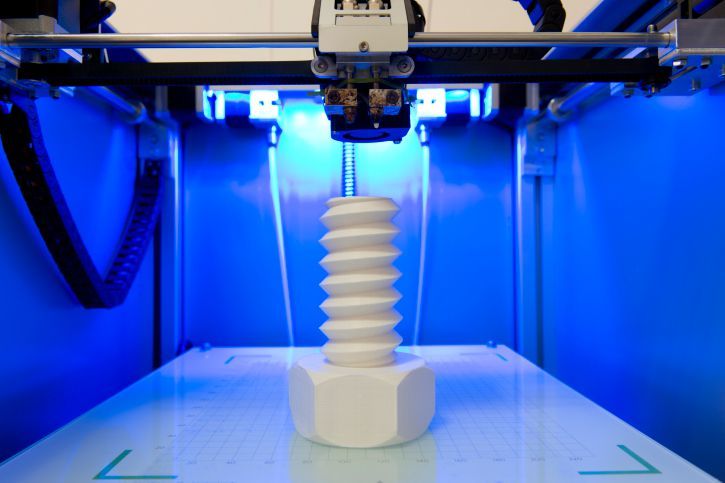 For example, we can see that more and more from the customers of our online 3D printing service, to create custom made medical tools, fully adapted to their job, and to their specific needs. Indeed, using 3D printing is particularly helpful when it comes to tools, it makes it possible to make one or several tools.
For example, we can see that more and more from the customers of our online 3D printing service, to create custom made medical tools, fully adapted to their job, and to their specific needs. Indeed, using 3D printing is particularly helpful when it comes to tools, it makes it possible to make one or several tools.
Marc Soubeyrand is a surgeon using our printing service to create its own tools. By compiling the patient medical imaging (in this case from CT scans) to turn them into a proper 3D file. The 3D printed parts are then used to guide the surgeon during the surgery and make sure the implants are positioned perfectly. These surgical guides are then perfectly adapted to the surgery performed by the doctor. He is more prepared, and more efficient, able to be 100% focused on the patient.
Ancillary tool 3D printed by Sculpteo for an orthopedic surgery
Made to measure implants and prosthesis
3D printed prosthetics
Customization can be used to create tools, but not only.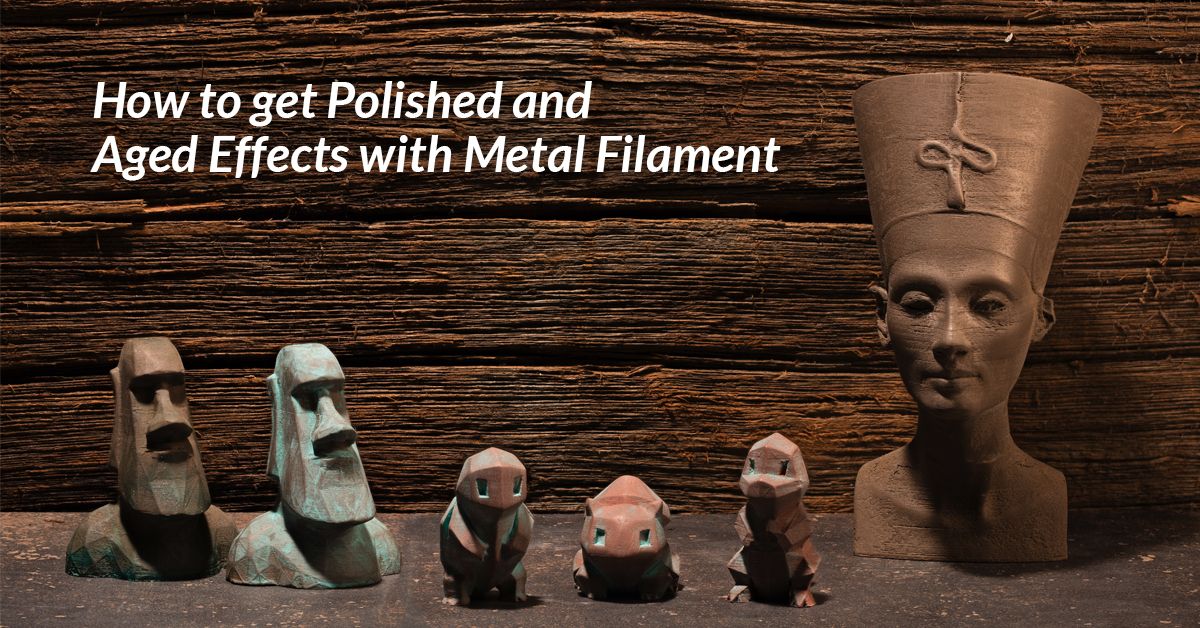 3D printing is making it possible to create perfectly adapted devices like 3D printed casts, or even further: 3D printed prosthetics and implants for any patient. Additive manufacturing is now a way to create hands, arms, and legs, helping amputees to live a normal life.
3D printing is making it possible to create perfectly adapted devices like 3D printed casts, or even further: 3D printed prosthetics and implants for any patient. Additive manufacturing is now a way to create hands, arms, and legs, helping amputees to live a normal life.
leg prosthetics – https://www.behance.net/gallery/20696469/Exo-Prosthetic-Leg
But why is this technology a better way to create prosthesis? As you may know, a traditional prosthesis is expensive and not necessarily adapted to the patient. A 3D printed prosthesis has a lower cost and can be fully adapted to the morphology of the patients, to their habits, and their disability thanks to 3D scanning and 3D modeling.
Video 3D printed hand prosthesis:
Start using 3D printing for your prosthesis projects! Even more impressive, some researchers have been able to create a 3D printed artificial cornea.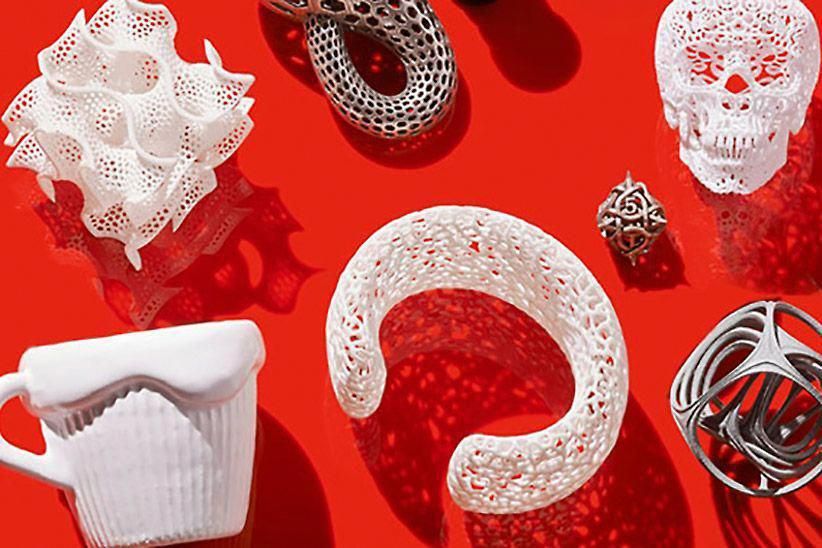 3D printed eyes are not even that far today.
3D printed eyes are not even that far today.
3D printing helps reconstruct bodies
Additive manufacturing is saving lives and can help for bone reconstruction. This technology helps to make custom products, that can be tailored for each patient, outside and inside their bodies. For example, additive manufacturing is offering new possibilities for jaw reconstruction!
www.bbc.com/news/technology-16907104
In the Netherlands, an 83-year-old woman had a jaw reconstruction thanks to 3D printing. Her 3D printed jawbone has been made with titanium powder and a bioceramic coating. A special dental bridge has been added to the jawbone, in order to implant new teeth to the patient. Due to her age, doctors chose to use this method, saying that it was less risky than the traditional procedure!
3D printed knees are also becoming a solution. Two different things have actually been tested: 3D printed synthetic cartilage for knee replacement and using 3D printing for knee realignment.
Regarding the manufacturing of cartilage, the idea was to make a material that could match human cartilage has been developed by scientists in the US, at Duke University in North Carolina. The goal was to create something that almost has the same properties: a certain strength, good elasticity, and shock absorption. This has been made possible by mixing two types of hydrogels, and some clay, to make it printable.
3D printed knee implant companies such as Conformis are also developing the use of 3D printing to create implants, using a CT scan of each patient. Conformis knee implants are made possible by 3D printing and are totally making the most of the custom-made aspect. This way, the knee implant entirely respects the morphology and the needs of the patient.
https://www.healthtechevent.com/health-care/global-knee-implant-market-revolutionised-conformis-3d-printed-knee-replacements/
3D printing for breast reconstruction
A company Mat(t)isse and doctors from the CHU of Lille have developed a new method that benefits to women who are in need of breast prosthesis.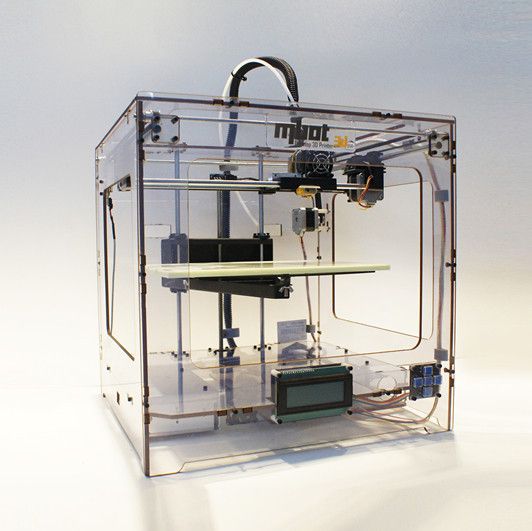 Instead of using silicone implants, Mat(t)isse and the three doctors used other breast reconstruction techniques: the fat transfer technique or lipofilling.
Instead of using silicone implants, Mat(t)isse and the three doctors used other breast reconstruction techniques: the fat transfer technique or lipofilling.
However, the problem when using this method is that if you inject too much fat into the breast area, it may be reabsorbed by the body over time, and the patient has to undergo another surgical procedure.
In order to avoid the fat being absorbed by the body, they created a 3D printed shell with a lace shape. This prosthesis is entirely bio-resorbable which means it would be absorbed by the body like stitches. Reconstruction is natural, the prosthesis can be customized and the patient no longer needs to re-do the surgery.
3D printing organs
More than bone reconstruction, 3D printing in the medical field is starting to show some great improvement on organ 3D printing. Indeed, this 3D technology also showed that it was possible to print devices working exactly like our living organs. It could become a real solution to face the lack of organ donors!
Recently the first proof of concept of a 3D printed lung has been developed by Jordan Miller, assistant professor of bioengineering at Rice’s Brown School of Engineering and his team. This lung has been made using a complex structure.
This lung has been made using a complex structure.
The 3D printing process used to create this outstanding proof of concept is Stereolithography apparatus for tissue engineering. Using light for a digital projector, this bioprinting process creates hydrogels layer by layer.
Here is a video of the functional 3D printed lung:
This new device is mimicking and replicating a real human organ, it is actually a really promising project, announcing a new great development in terms of organ donation.
The same scenario happened for an artificial 3D printed heart, Scientists from the ETH Zurich in Switzerland created an artificial heart which can beat just like a real heart, during half an hour. This soft artificial heart, using a transplantable and soft material is already a big success. This device will surely be improved in the upcoming year, and start to be a good alternative for patients in need of a brand new functional heart.
Dental 3D printing: Digitalizing the dental sector
3D printing is also impacting the dental industry by avoiding time-consuming processes and saving money, benefits of 3D printers are numerous.
These last few years, additive manufacturing offered brand new possibilities, from 3D printed braces to 3D printed dentures and crowns, everything is 3D printable! This technology is now allowing to get implants faster by avoiding the whole molding process. The dentist can take all the steps by himself, and save precious time for his patients.
Medical models, helping surgeons to train
Training surgeons with 3D printing… How is it possible? It is becoming more and more common. By using CT scans we know that doctors are now able to use 3D software to get some good visualization and try some simulations to train before the surgery. But thanks to additive manufacturing, it is now possible to go further and get real anatomical models!
Some surgeons are now using these CT scans to create 3D models and print them, in order to train on the real replica of the heart, spine, or any part of the patient.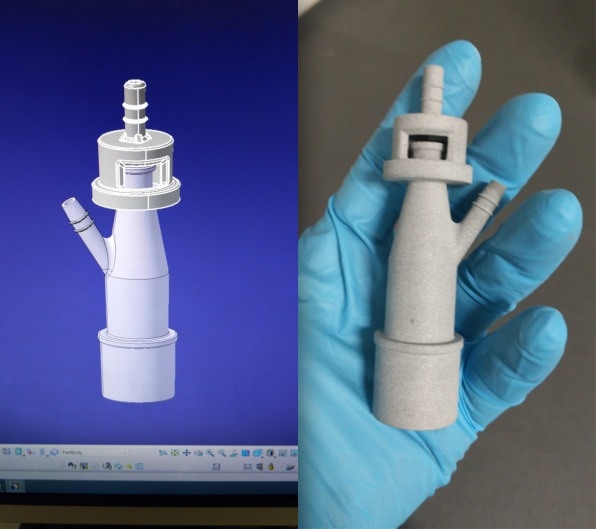 This a way to get a better view of the problem, and actually train on it.
This a way to get a better view of the problem, and actually train on it.
It is particularly useful for complex surgery. Indeed, thanks to this process, some surgeons affirm that they can reduce surgery time because they know exactly how to proceed! They are more efficient.
Axial3D
That is exactly what happened in the Belfast City Hospital, in Northern Ireland when a medical team decided to 3D print a kidney. William Fenton, the father of the little patient Pauline Fenton, was compatible to give his kidney, but as he didn’t have the same blood group, it was adding some complexity to the surgery.
They decided to 3D print a replica of the donor’s kidney in order to rehearse this complex complete excision. Gestures have to be really precise to be efficient. By using this technique, surgeons rehearsed the whole surgery to be ready, by taking into account all the possible complications. 3D printing can help to train for all kinds of surgeries.
From dentists to orthopedic surgeons: there is necessarily a way to use this cutting-edge technology to help you.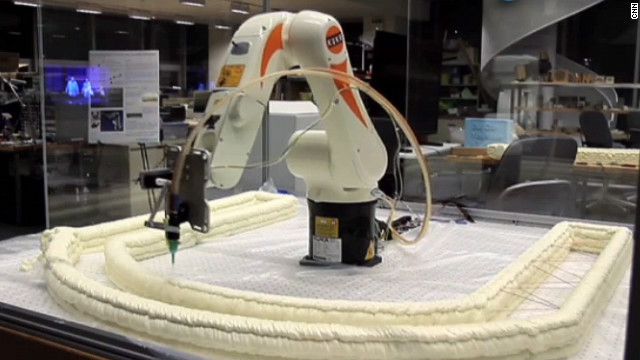
These 3D printed models can also be used to train students, or to explain its problem to the patient! This way the patient can get a better understanding of what is actually happening and how the doctors will solve the problem.
http://www.3ders.org/articles/20180518-surgeons-use-3d-printing-for-two-year-olds-life-saving-complex-kidney-transplant.html
Researcher building 3D printed medical devices
Additive manufacturing is also helping to find new solutions, and try new medical solutions. More and more researchers are now interested in 3D printing technology. This technology is making it easier to make iterations than with injection molding, for example.
Trying new things at a lower cost has never been easier. And there is still room for improvement in the medical industry, new materials and new devices are constantly developed by teams of researchers.
From 3D printed sponges to cure cancer to adaptive aids to help patients with arthritis, additive manufacturing is becoming a real revolution in the medical sector.
The progress of bioprinting: What are the advantages?
Do you know that 3D printing tissues and organs are actually becoming possible? This is called bioprinting. But how does bioprinting it work?
The process of bioprinting is not as fast as 3D printing: The bioprinting process uses bio-inks, a material allowing the adhesion and proliferation of living cells. Maturation is part of the process for bioprinting, because cells have to grow and proliferate, this can’t be done instantly. Bio-inks are hydrogel biomaterials, providing support to the cell while they produce their own natural extracellular matrix.
Actually, the first 3D printed heart with human tissue has been developed recently. How is it possible, you might ask… Firstly a biopsy on the patient’s fatty tissue has to be completed. The sample was then separated into cellular and acellular. Next step, the cells were reprogrammed to perform as pluripotent stem cells.
Those cells were mixed with other biomaterials such as collagen to produce bio-ink.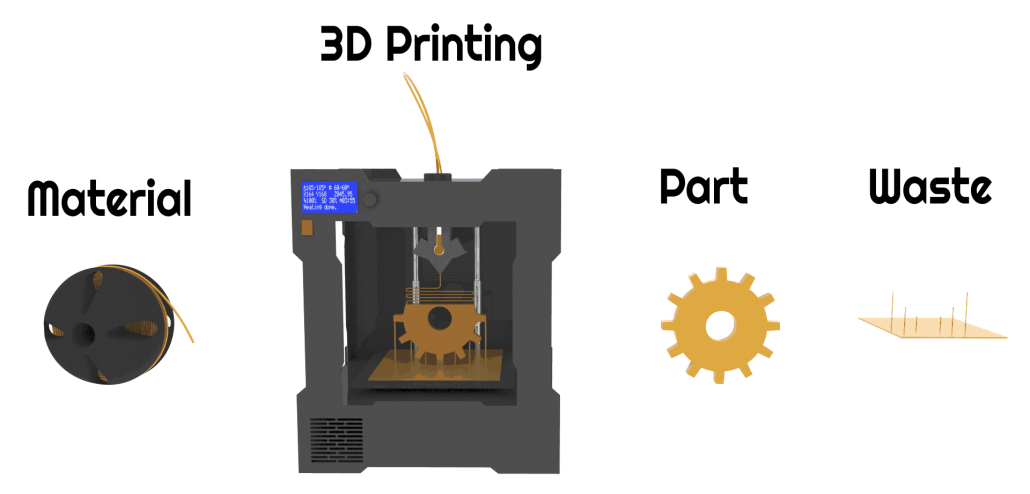 It’s important to mention that the bio-ink itself is outstanding as it eliminates the risk of organ rejection. The heart was then 3D printed it a support bath.
It’s important to mention that the bio-ink itself is outstanding as it eliminates the risk of organ rejection. The heart was then 3D printed it a support bath.
Check out this quick video of the 3D printing process:
There is still some improvement to make, now the 3D printed heart with human tissue is too small for a human. But we can see that we are at the beginning of a true medical revolution.
This bioprinting thing is not only helping to print organs, it is also helping to create prosthetic limbs. The main advantages of 3D bioprinting are that it helps to face the lack of organ donors, and it also avoids risks of rejections as these organs or body parts are made using patient’s cells.
It is possible to create real body parts thanks to additive manufacturing. In India, a recent successful experiment has also been made with bioprinted ears. The process is the same, scientists from the SRM University and the SIMS Hospital has to create it with existing stem cells. These cells grew in a solution for three weeks. Then the result has been used to print an ear.
The process is the same, scientists from the SRM University and the SIMS Hospital has to create it with existing stem cells. These cells grew in a solution for three weeks. Then the result has been used to print an ear.
We saw that it was possible to print kidneys in order to train for surgery, but some scientists went even further with the 3D printed kidney project. Indeed, scientists of the Jennifer Lewis lab developed intricate tubes working on real kidneys. For the first time, scientists created artificial kidney tissue, working like real ones thanks to living cells. It is quite a revolution!
https://www.technologyreview.com/s/602691/3-d-printed-kidney-parts-just-got-closer-to-reality/
Treatment testing made easier
You may not know it, but additive manufacturing can help treatment testing. But how exactly? Using bioprinting will enable to print real human skin, which would make it possible to test new drugs without having to test it on animals, for example.
Shalini Guleria, a student from the University of Waikato in New Zealand took particular interest in breast cancer patients and bioprinting. How can we combine medical 3D printing and breast cancer treatments?
Here is her idea: 3D bioprinting and the use of natural, human-safe materials are not new, so she used this technology to work with cancerous cells. Here is the first step: the cells would be extracted from the patient, then implemented in hydrogel and 3D printed in the size of a fist in order to imitate a tumor.
After this whole process, the printed model of a tumor then could be tested for different drugs, the point will be to eliminate risky and unsuccessful drug testing on patients.
How to start using 3D printing for your medical project
These medical applications of 3D printing clearly show that everything is possible for health care, to improve patient care. Your medical project can also be 3D printed! From plastic to metal 3D printing, our online 3D printing service helps you to give life to all kinds of devices you might need: medical tools, medical models for you or for your students, etc. we can help you improve your daily work! Take a look at our wide-range of 3D printing materials and discover how you can improve your medical equipment. With materials adapted to skin contact such as Ultrasint® PA11 & MJF PA11 it possible to create made-to-measure medical devices such as orthopedic parts.
we can help you improve your daily work! Take a look at our wide-range of 3D printing materials and discover how you can improve your medical equipment. With materials adapted to skin contact such as Ultrasint® PA11 & MJF PA11 it possible to create made-to-measure medical devices such as orthopedic parts.
You can start making the most of our professional 3D printers right now. Make educational models for clinical trials using Nylon PA12 and Selective Laser Sintering, a powder bed fusion printing technology. This technology will make accurate parts by sintering powder using a laser layer by layer.
Do you have a project? Don’t hesitate to contact our 3D printing experts or to directly upload your 3D file on our online 3D printing service!
Related Topics
- Return to Top
Get the latest 3D printing news delivered right to your inbox
Subscribe to our weekly newsletter to hear about the latest 3D printing technologies, applications, materials, and software.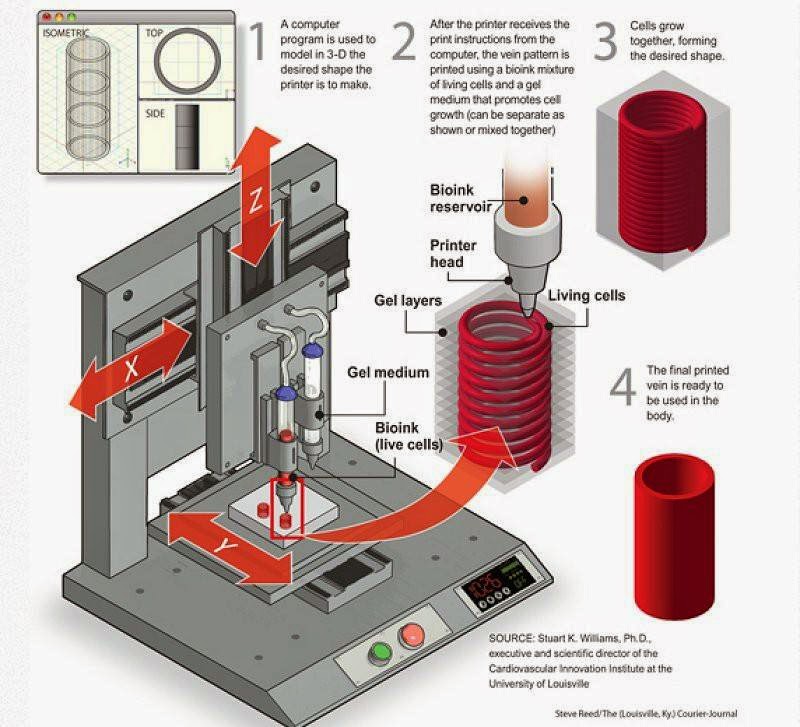
How 3D printing could save lives
Nanoengineers 3D print lifelike, functional blood vessel network that could pave the way toward artificial organs and regenerative therapies
| Nanoengineering professor Shaochen Chen 3D prints a biomimetic blood vessel network. Photos by Erik Jepsen/UC San Diego Publications |
San Diego, Calif., Mar. 2, 2017 -- In the past decade, engineers at the University of California San Diego have 3D printed a variety of devices ranging from rocket engines, to robots, to structures inspired by the seahorse’s tail. Now, nanoengineers have added a new item to that list: a 3D printed biomimetic blood vessel network.
The new research, led by nanoengineering professor Shaochen Chen, addresses one of the biggest challenges in tissue engineering: creating lifelike tissues and organs with functioning vasculature — networks of blood vessels that can transport blood, nutrients, waste and other biological materials — and do so safely when implanted inside the body.
Researchers from other labs have used different 3D printing technologies to create artificial blood vessels. But existing technologies are slow, costly and mainly produce simple structures, such as a single blood vessel — a tube, basically. These blood vessels also are not capable of integrating with the body’s own vascular system.
“Almost all tissues and organs need blood vessels to survive and work properly. This is a big bottleneck in making organ transplants, which are in high demand but in short supply,” said Chen, who leads the Nanobiomaterials, Bioprinting, and Tissue Engineering Lab at UC San Diego. “3D bioprinting organs can help bridge this gap, and our lab has taken a big step toward that goal.”
| Digital model of a blood vessel network |
Chen’s lab has 3D printed a vasculature network that can safely integrate with the body’s own network to circulate blood. These blood vessels branch out into many series of smaller vessels, similar to the blood vessel structures found in the body.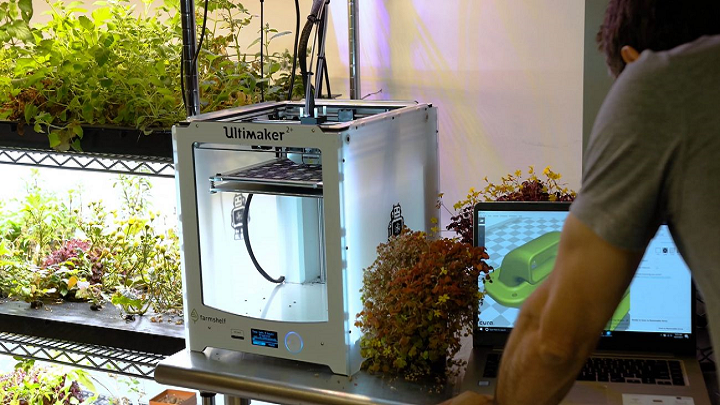
Chen’s team developed an innovative bioprinting technology, using their own homemade 3D printers, to rapidly produce intricate 3D microstructures that mimic the sophisticated designs and functions of biological tissues. Chen’s lab has used this technology in the past to create liver tissue and microscopic fish that can swim in the body to detect and remove toxins.
Researchers first create a 3D model of the biological structure on a computer. The computer then transfers 2D snapshots of the model to millions of microscopic-sized mirrors, which are each digitally controlled to project patterns of UV light in the form of these snapshots. The UV patterns are shined onto a solution containing live cells and light-sensitive polymers that solidify upon exposure to UV light. The structure is rapidly printed one layer at a time, in a continuous fashion, creating a 3D solid polymer scaffold encapsulating live cells that will grow and become biological tissue.
“We can directly print detailed microvasculature structures in extremely high resolution. Other 3D printing technologies produce the equivalent of ‘pixelated’ structures in comparison and usually require sacrificial materials and additional steps to create the vessels,” said Wei Zhu, a postdoctoral scholar in Chen’s lab and a lead researcher on the project.
Other 3D printing technologies produce the equivalent of ‘pixelated’ structures in comparison and usually require sacrificial materials and additional steps to create the vessels,” said Wei Zhu, a postdoctoral scholar in Chen’s lab and a lead researcher on the project.
And this entire process takes just a few seconds — a vast improvement over competing bioprinting methods, which normally take hours just to print simple structures. The process also uses materials that are inexpensive and biocompatible.
Chen’s team used medical imaging to create a digital pattern of a blood vessel network found in the body. Using their technology, they printed a structure containing endothelial cells, which are cells that form the inner lining of blood vessels.
| Microscopic 3D printed blood vessel structure |
The entire structure fits onto a small area measuring 4 millimeters × 5 millimeters, 600 micrometers thick (as thick as a stack containing 12 strands of human hair).
Researchers cultured several structures in vitro for one day, then grafted the resulting tissues into skin wounds of mice. After two weeks, the researchers examined the implants and found that they had successfully grown into and merged with the host blood vessel network, allowing blood to circulate normally.
Chen noted that the implanted blood vessels are not yet capable of other functions, such as transporting nutrients and waste. “We still have a lot of work to do to improve these materials. This is a promising step toward the future of tissue regeneration and repair,” he said.
Moving forward, Chen and his team are working on building patient-specific tissues using human induced pluripotent stem cells, which would prevent transplants from being attacked by a patient’s immune system. And since these cells are derived from a patient’s skin cells, researchers won’t need to extract any cells from inside the body to build new tissue. The team’s ultimate goal is to move their work to clinical trials.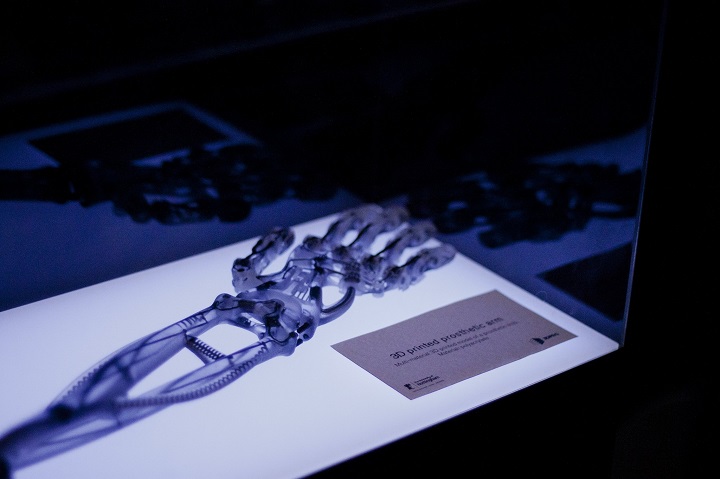 “It will take at least several years before we reach that goal,” Chen said.
“It will take at least several years before we reach that goal,” Chen said.
###
Full paper: “Direct 3D bioprinting of prevascularized tissue constructs with complex microarchitecture” in the journal Biomaterials. Authors of the study are Wei Zhu*, Xin Qu*, Jie Zhu, Xuanyi Ma, Sherrina Patel, Justin Liu, Pengrui Wang, Cheuk Sun Edwin Lai, Yang Xu, Kang Zhang and Shaochen Chen of UC San Diego; and Maling Gou of Sichuan University.
*These authors contributed equally to this work.
This work was supported in part by grants from the California Institute for Regenerative Medicine (RT3-07899), the National Institutes of Health (R01EB021857) and the National Science Foundation (CMMI-1332681 and CMMI-1644967).
Media Contacts
Liezel Labios
Jacobs School of Engineering
858-246-1124
[email protected]
How 3D printing can save lives during the coronavirus outbreak Pelevin N. 0 Comments 3d printing, 3d printers, medical
In normal times, Formlabs sells 3d printers, not products printed with them.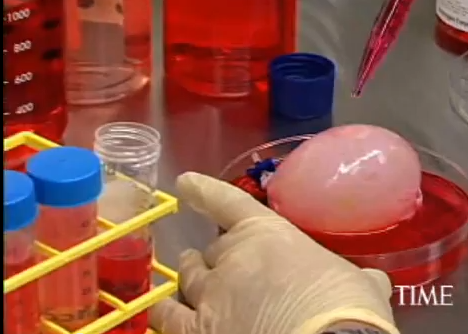
But in the near future the company will provide 250 printers for the daily production of up to 100,000 nasal swabs used for Covid-19 swabs. These printers are located in her Ohio factory and were previously used to sample dental products in her equipment sales.
The company will soon begin shipping these swabs to hospitals across the country that are experiencing a shortage of essential tools and supplies to diagnose patients during the coronavirus outbreak. These hospitals include Northwell Health in New York and Tampa General Hospital in Tampa, Florida.
“I can't even tell you how many hospitals and other health agencies have asked us to help in this situation,” says David Lakatos, Operations Manager at Formlabs, based in Somerville, Massachusetts.
As the pandemic has overwhelmed the capacity of global supply chains for essential medical products, several digital manufacturing companies have stepped in to meet urgent medical needs.
In the absence of a clear and organized federal effort to ramp up production, much is being deployed to meet specific needs.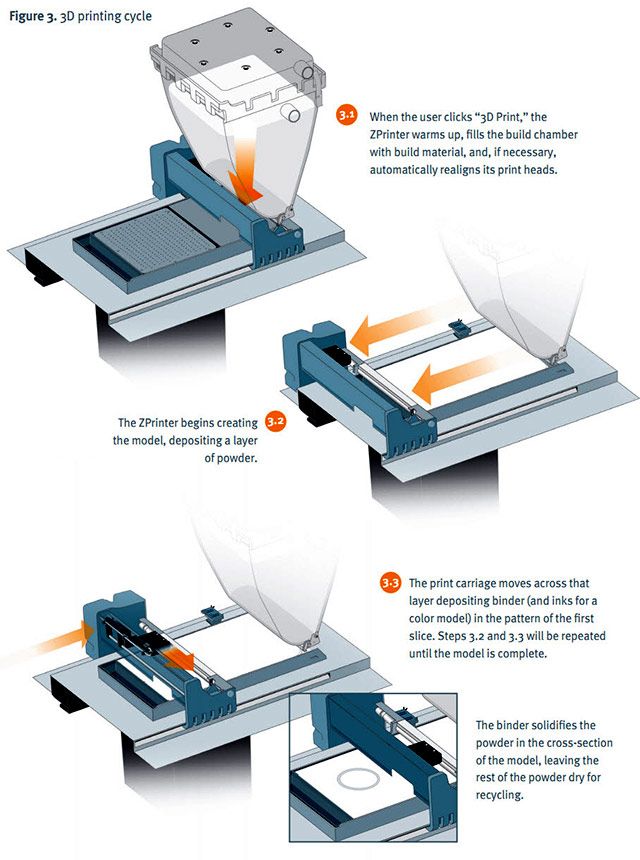 Manufacturers, universities, state and local health services are trying to identify companies with the necessary capabilities and experience, either by contacting them directly or using informal business networks to find them. Some commercial, research and medical centers are forming temporary coalitions to coordinate such actions.
Manufacturers, universities, state and local health services are trying to identify companies with the necessary capabilities and experience, either by contacting them directly or using informal business networks to find them. Some commercial, research and medical centers are forming temporary coalitions to coordinate such actions.
Reducing critical supply chain shortfalls could help ensure some levels of hospital supplies of face shields, nasal swabs, ventilators and other supplies in the coming weeks as cases peak. But 3D printing is mostly seen as a temporary measure, not a perfect solution. The disorganized, dispersed approach that exists in this industry is far from the ideal way to manufacture the components and products on which the lives and deaths of many patients depend.
In the end, how much of a life-saving role 3D printing can play depends on how quickly the disease spreads, and how quickly manufacturers and suppliers around the world can take steps to refocus and expand their capabilities.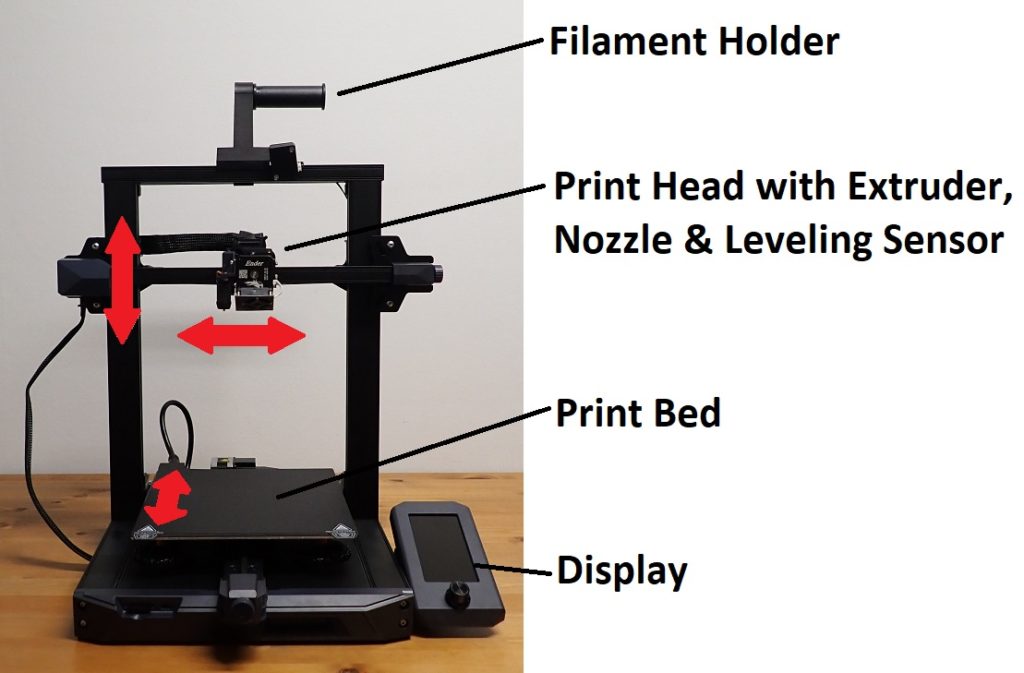
“We don't have much time to prepare,” says Vicki Holt, CEO of Protolabs, a Maple Plain, Minnesota-based custom 3D printed and injection molding company. “We intend to ensure that there are enough hospital beds and intensive care equipment for the peak of the disease. Therefore, we are trying to give suppliers sufficient time to prepare for this.”
A dedicated team of researchers from institutions such as the University of South Florida, Harvard, Stanford, and Beth Israel Medical Center are openly working to release general guidelines for the production of 3D printed test swabs. The group is in consultation with the FDA, highlighting their efforts on GitHub. On Thursday, the group announced that a number of companies involved in the project - including companies such as Formlabs, Carbon, Hewlett-Packard and EnvisionTec - are already preparing for the release of special tampons, and will be able to supply up to 4 million tampons soon. in Week.
According to this message, hospitals can contact emergency agencies to request supplies.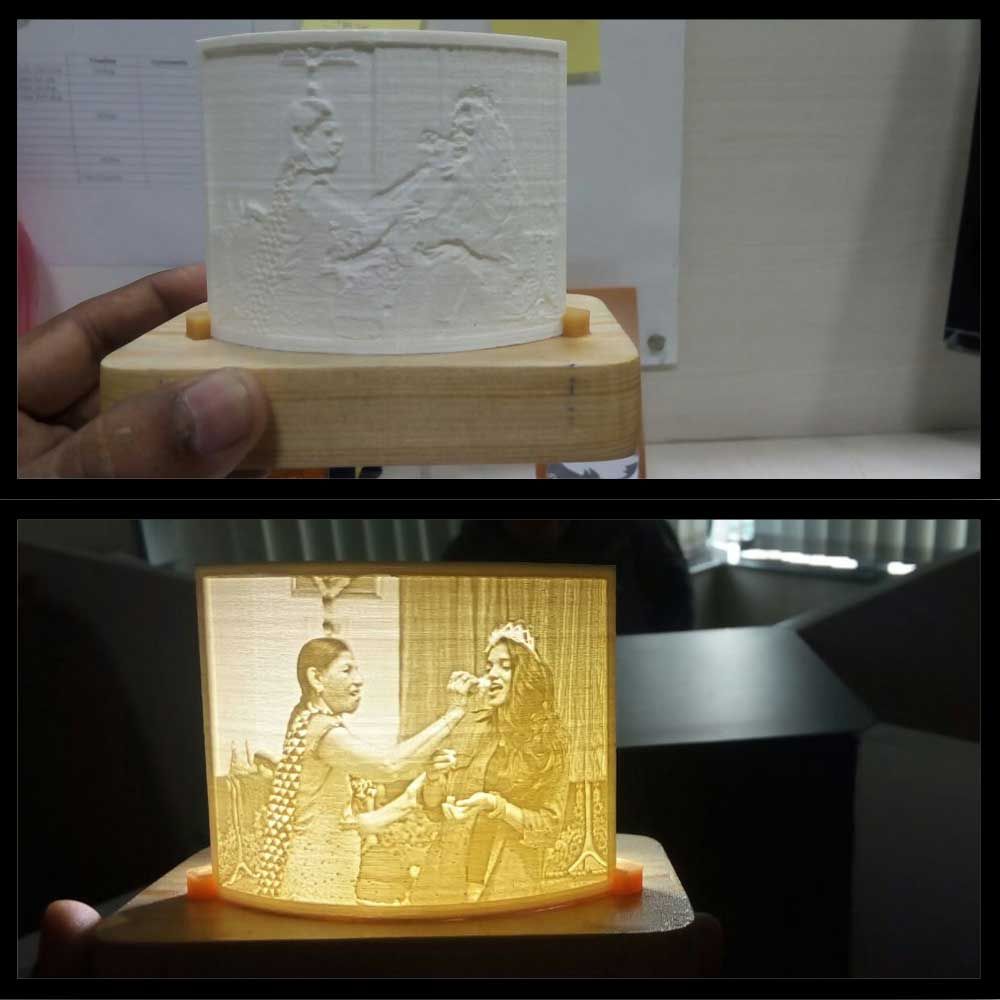
Other efforts to use 3D printing in the fight against coronavirus include the following.
Burlington, Massachusetts-based Desktop Metal has set up a site for manufacturers to submit inquiries for metal components required for medical devices in a limited supply environment.
Redwood City, Calif.-based Carbon recently partnered with Verily to develop protective masks. This protective equipment helps prevent infection and the spread of disease among healthcare workers, but there is a shortage of such masks in a number of US hospitals. The group has already developed prototypes and sent them out to several Bay Area hospitals in San Francisco for evaluation, according to Forbes.
Prisma Health, a leading health care provider in Southern California, announced that it has received FDA approval to 3D print VESper separation tubes that will allow a single ventilator to be used to simultaneously assist four patients with severe breathing problems when supplies of ventilators become available. not enough.
not enough.
Formlabs is also evaluating the capabilities of ventilator separation tubes, although the company emphasizes that they should only be used as a last resort. Indeed, in a joint statement Thursday, the Society for Critical Care Medicine, the American Respiratory Association and other medical groups opposed the simultaneous use of a single ventilator for multiple patients with COVID-19.. The statement emphasizes that “it is better to use a ventilator for a patient who is likely to benefit from it than to fail to prevent or even cause the death of several patients.”
Protolabs has also refocused its business in recent weeks to address medical product challenges in the US and Europe, Holt says.
Among other things, the company is working with the University of Minnesota to develop, test, and tune six parts for low-cost ventilators. These works will be completed in the coming days. Experts can openly release a design that uses mechanical filling of widely available hand-held "outpatient" bags, allowing hospitals to produce their own devices in the event of a critical shortage. (A group from MIT is also developing a similar project.)
(A group from MIT is also developing a similar project.)
Protolabs also makes components for a major ventilator manufacturer, but Holt says the company will not reveal his name or provide additional information at this stage.
When asked about the safety of using 3D printed components in devices that could be a death sentence for a patient if they fail in an emergency, she stated that it is the responsibility of the recipients to create a suitable design, conduct the necessary testing, and take appropriate regulatory action.
However, releasing products that actually penetrate the human body, such as nasal swabs, requires 3D printing companies to overcome regulatory barriers themselves.
Formlabs was able to quickly begin manufacturing tampons at its Ohio plant because it had previously filed a medical product approval with the FDA. This refers to samples of dental products that end up in people's mouths, such as 3D-printed night plates and crowns, Lakatos says.
Formlabs is working with medical experts at USF Health Tampa and Northwell Health to accelerate nasal swab development and testing. Although these swabs are relatively simple devices, they must be thin, long and flexible enough to penetrate deep into the nasal cavity to detect early signs of Covid-19. If they do not go deep enough, they may give false negative results. This, in turn, will cause infected patients to behave in ways that allow the disease to spread further, Lakatos says.
Formlabs says it could quickly install more printers in the coming weeks and increase daily tampon production well beyond 100,000 per day, depending on medical needs as the coronavirus outbreak escalates.
Additive technologies and animals: how do 3D printers save lives?
08/20/2018
3D printing technologies have already found wide application in construction, the creation of cars, machinery, as well as small parts and accessories. Today, 3D printers are also used to print prostheses - not only for humans, but also for animals.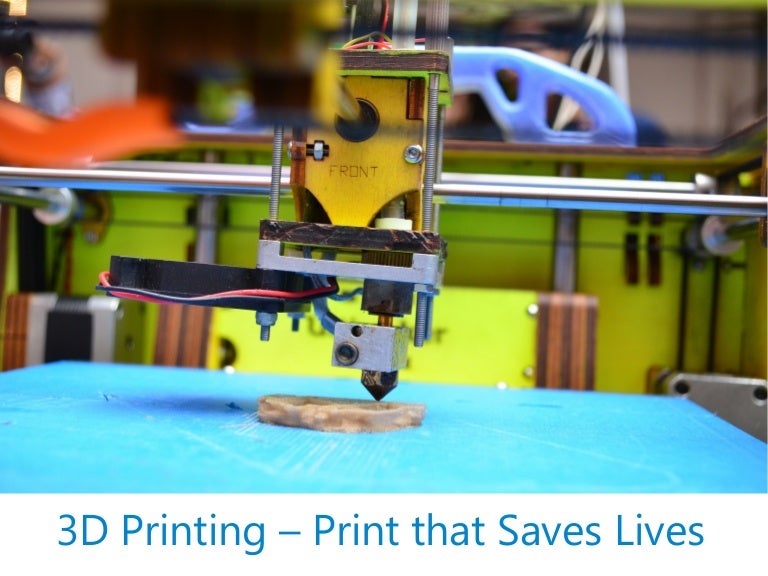 Let's see how additive technologies can help treat animals and even save their lives.
Let's see how additive technologies can help treat animals and even save their lives.
How are 3D technologies used in the animal world?
Additive technologies protect animals and save their lives in various ways. For example, 3D printing is used in the fight against poaching. American biotech company Pembient is developing materials that replicate the composition of rhinoceros horns.
3D printers are being used to print valuable trophies that will fill markets instead of living beings' horns. So, the organization plans to reduce the demand and price of the goods, and, consequently, to get rid of the need to hunt animals.
In addition, additive technologies are also used for medical purposes - artificial limbs, wheelchairs and other assistive devices are printed for animals.
Animal Assistance 3D Printer Examples
♦ Dog Front Legs
3D Systems has printed prosthetic front legs for the Derby dog.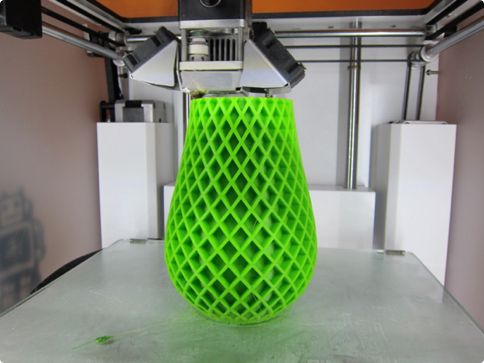 The dog could not run all his life - his paws were underdeveloped from birth. After testing several variants of prosthetics and using 3D technologies, the company chose a suitable variant for the dog, which allowed the dog to move around.
The dog could not run all his life - his paws were underdeveloped from birth. After testing several variants of prosthetics and using 3D technologies, the company chose a suitable variant for the dog, which allowed the dog to move around.
♦ Tortoise shell
In Brazil, a tortoise shell was 3D printed after being burned in a fire.
The animal was badly damaged - only 15% of the shell surface remained intact. Doctors were able to save the turtle - additive technologies made it possible to print 4 necessary elements and give life to the animal.
♦ Duckling foot
3D printing company NovaCopy has printed a prosthetic for a duckling with a birth defect.
Specialists scanned another duck's paw and created several prostheses based on it. Among them - a special one for swimming, as well as a flexible one with a spring.
♦ Chihuahua wheelchair
3dyn 3D printing company has created a special device for the dog TurboRu - the dog was born without front legs.